 Home Page
Home Page Versions of the Bible
- Lecture.mp3
- Listen in iTunes
- Listen in Stitcher
-
I. Hebrew
Torah scroll. It contains the first five books of the Bible, and is unpointed. That means there no vowel dots around the consonants.
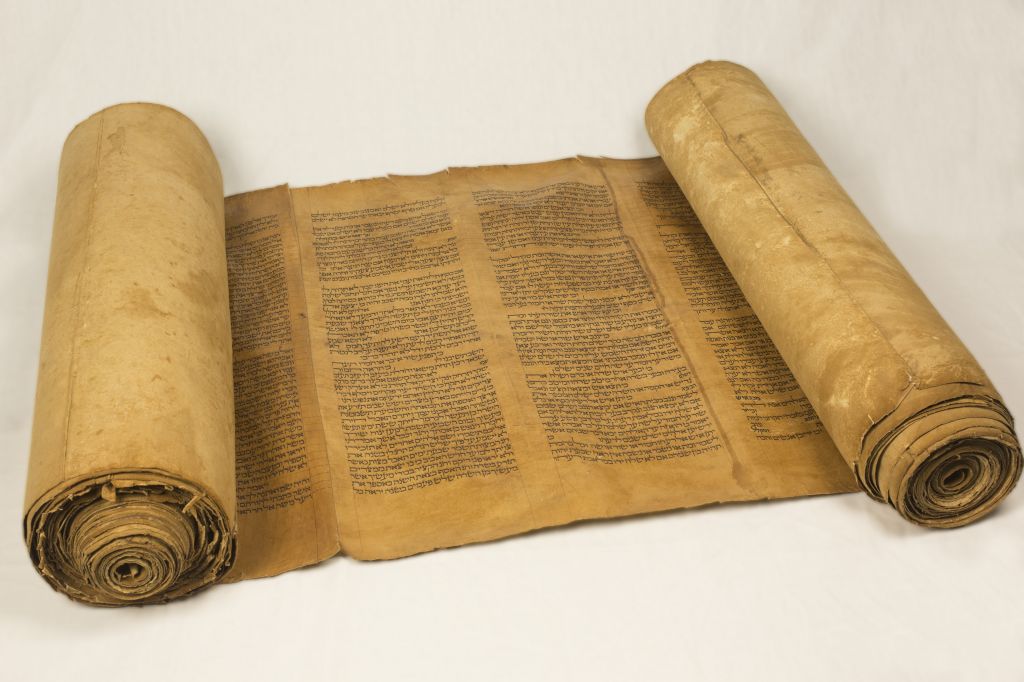
MT. Masoretic Text. From the Hebrew word mesorah (מסורה, alt. מסורת). Developed by the
Masoretes between the 7th & 10th centuries A.D.
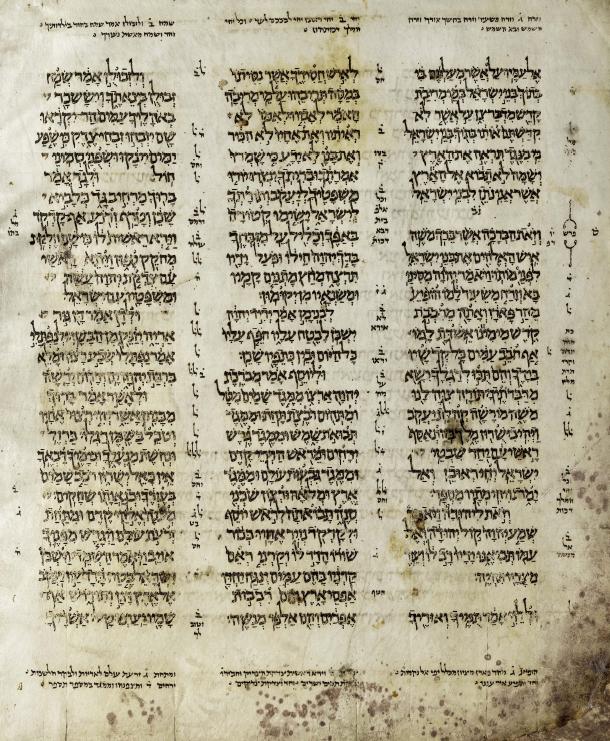
Because of it's handy crutches, the MT is the version of the
Hebrew Scriptures commonly used in universities. The BHS is the
best edition for serious students.
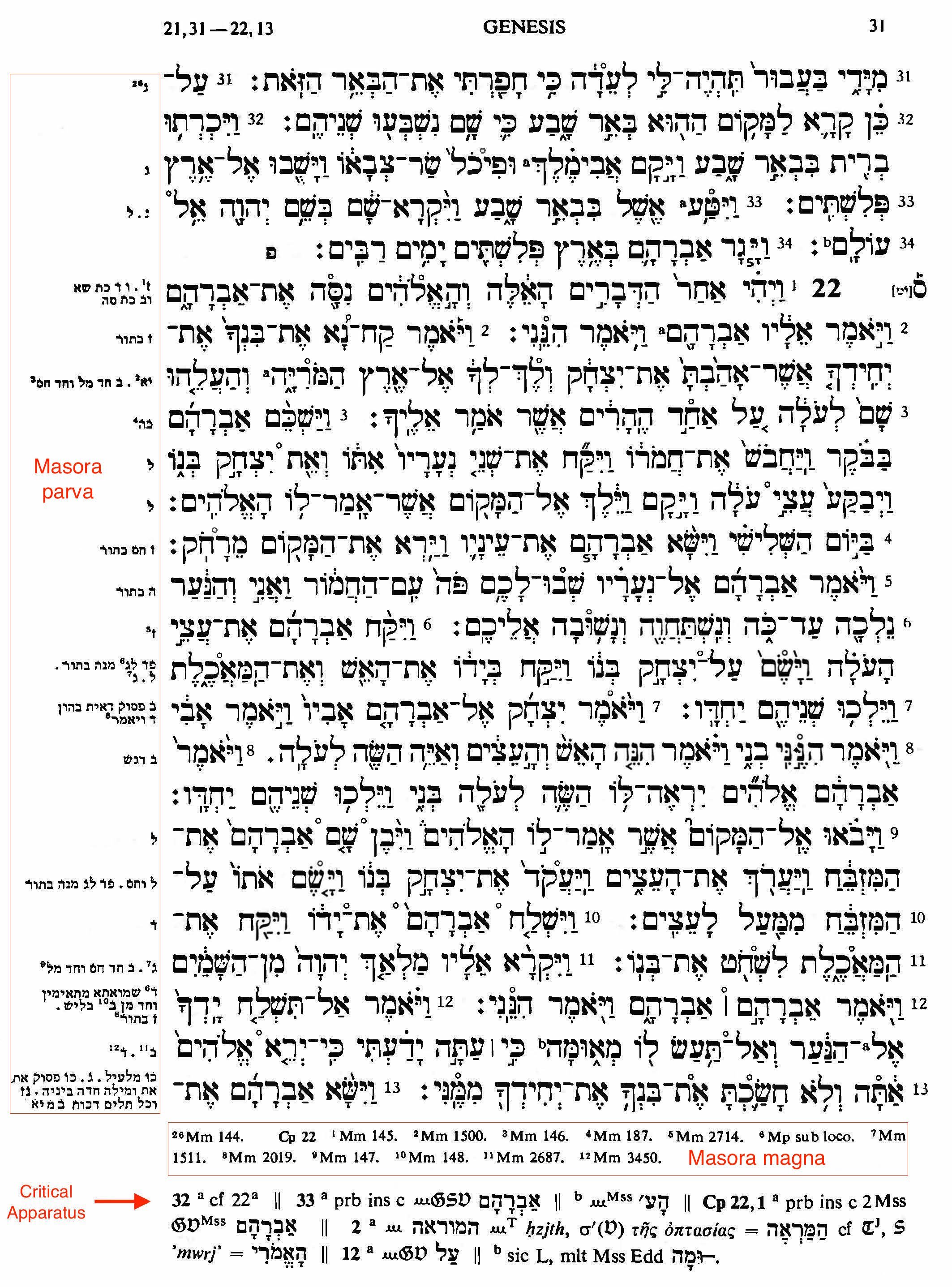
There's an explanation of the textual apparatus here.
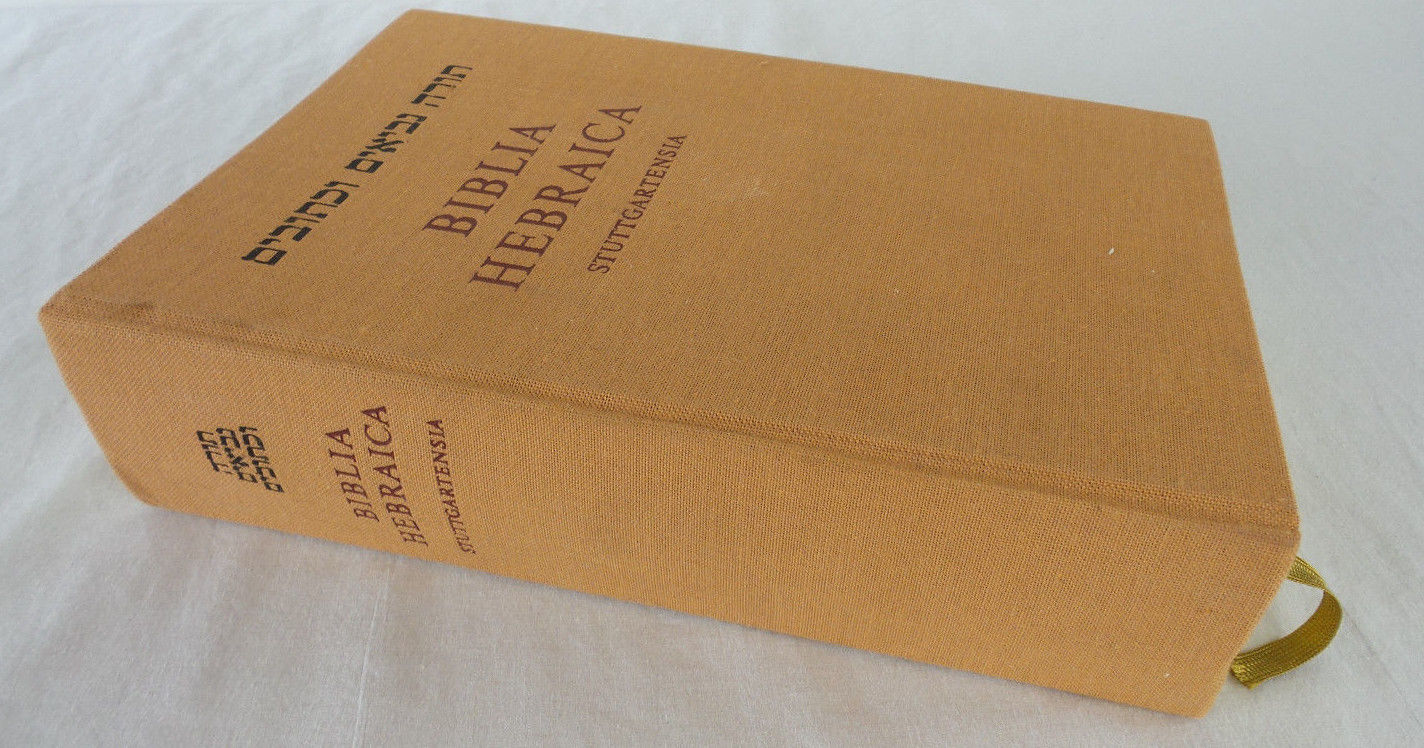
II. Greek Septuagint. LXX
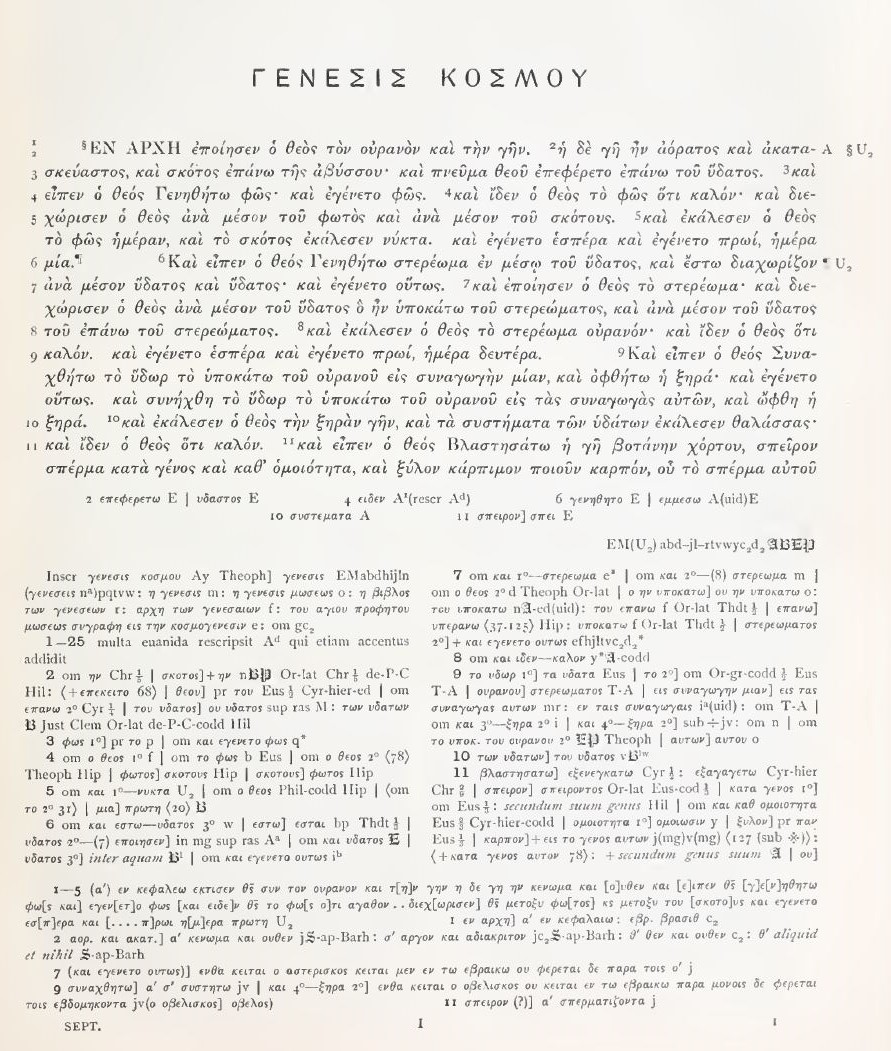
Note that the Greek title is "genesis kosmou," or "the
genesis of the cosmos." So our title Genesis comes from the LXX.
III. The Greek New Testament (W-H, UBS)
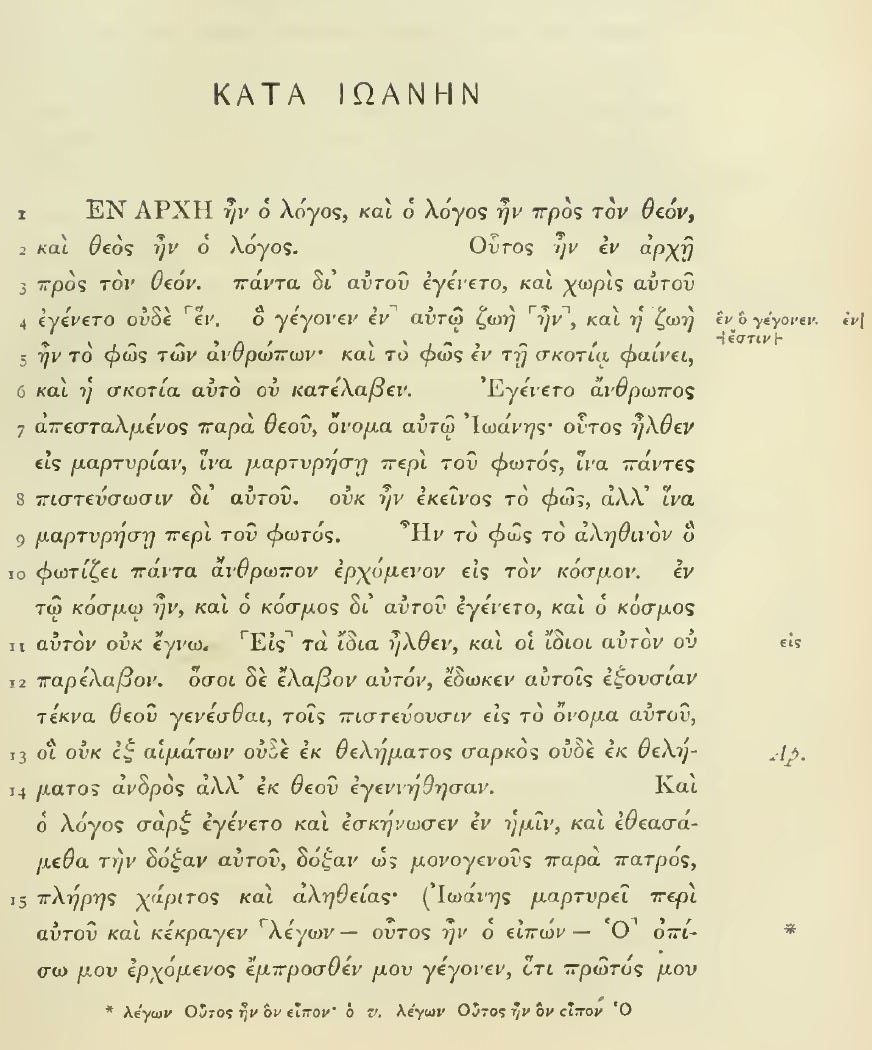
There are two major print versions of the Greek New Testament.
- The Textus Receptus, or the received text. It was based on the texts available at the time of the first printing of the Greek New Testament.
- Various critical editions bases on collations of better texts. The most important are the:
- The Westcott and Hort (WH) edition of 1881. It comes with
a description of the process of critically analyzing ancient
Greek texts which is still a model for textual critics
today, including the textual criticism of works besides the
Bible. And recent efforts build on the originaly WH edition.
- The Nestle-Aland (N-A) version is based on the Westcott and Hort but is constantly updated based on new information. It's up to the 28th edition now (NA28).
- The United Bible Society (USB) version has in recent
editions been merged with the NA, so that they have the same
text now. The USB5 (USB 5th edition) = NA28. The difference
is that the USB5 font is larger and more beautiful. The
critical apparatus is also more user friendly, although it
only gives the more major issues. The page below has the
Enlgish translation on the right, much like the Loeb
editions of Greek and Latin works.
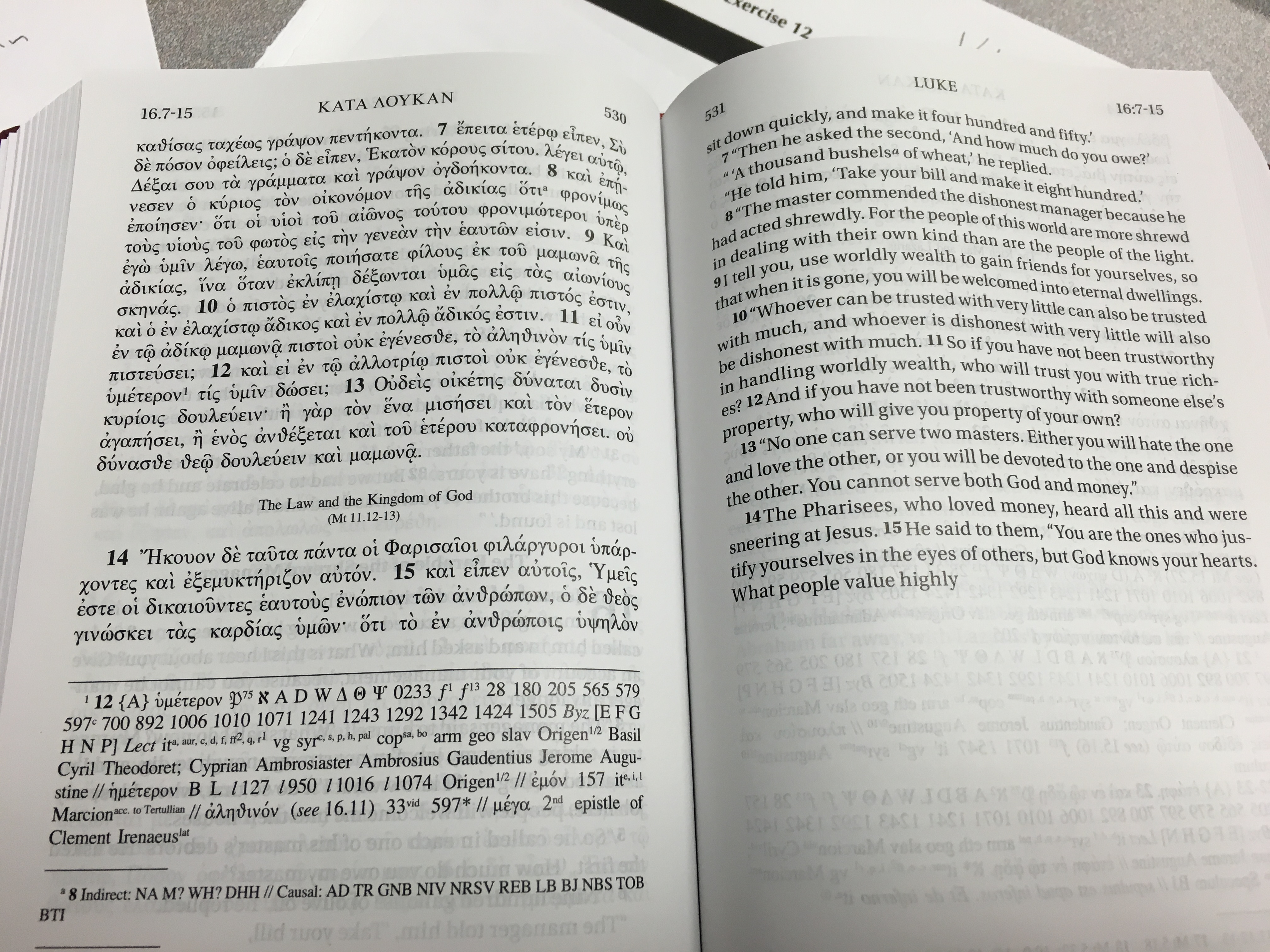
IV. Vulgate (Vg)
The Vulgate is the translation of the Catholic Bible into
Latin by Jerome in the late 300's. The word "Vulgate" comes from
the Latin vulgus, meaning "common" (Similarly, something
that is vulgar is common as opposed to refined). The
translation was intended for common people to be able to
understand it. Educated people understood Greek, but uneducated
people only spoke Latin. This version is still used in Catholic
churches in their Latin liturgy.
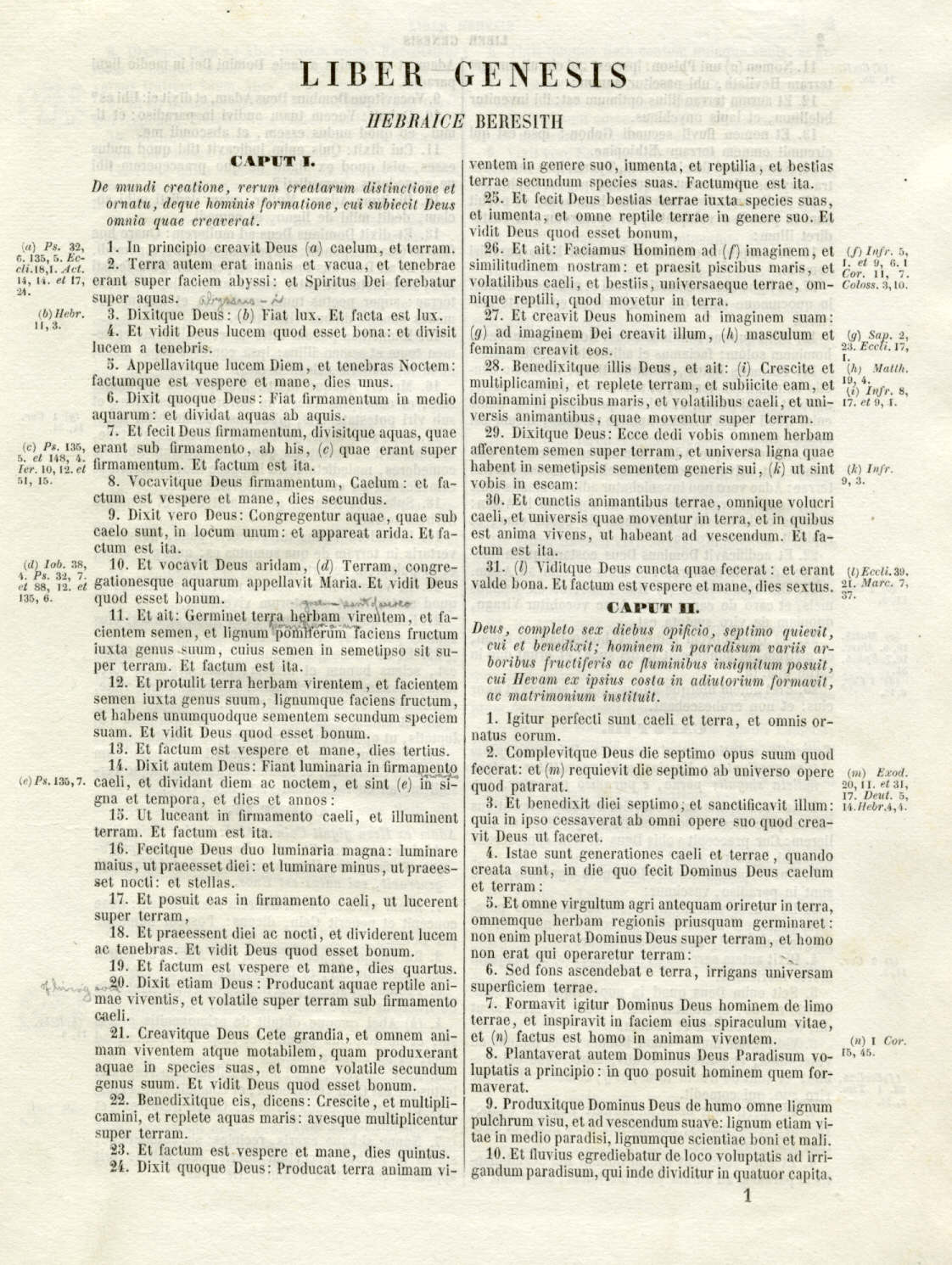
V. English Bibles
You can find most of these English translations on one of the
Bible sites, like Bible
Gateway. Also check the Internet
Archive, which has copies of older books that are in
public domain.
- Wycliff translation. John Wycliff made a hand-written version in the 1380's. After he died, the church punished him by having him dug up, crushing his bones, and scattering them in the river.
- Tyndale translation. Part of the Reformation and the printing revolution, William Tyndale published the first translation of the New Testament in English. Called the "Architect of the English Language."
- Coverdale translation. In 1535, published the first complete Bible English. Continued the work of Tyndale.
- The Great Bible.1539. Henry VIII and Thomas Cranmer commissioned Myles Coverdale to prepare an English Bible. It was the first English Bible authorized by the English state and the Anglican church.
- The Geneva
Bible. Published in Geneva under the patronage of
John Calvin and John Knox, The Geneva Bible has verse numbers
for the first time, along with extensive notes. It's bascially
the first study Bible. It was an extremely Protestant
translation, and its marginal notes attacking the established
church and political system, it was unpopular with the elites
but read widely by the masses. This is the version Shakespeare
usually quotes in his plays. It's also striking for its page
design and typographical sophistication.
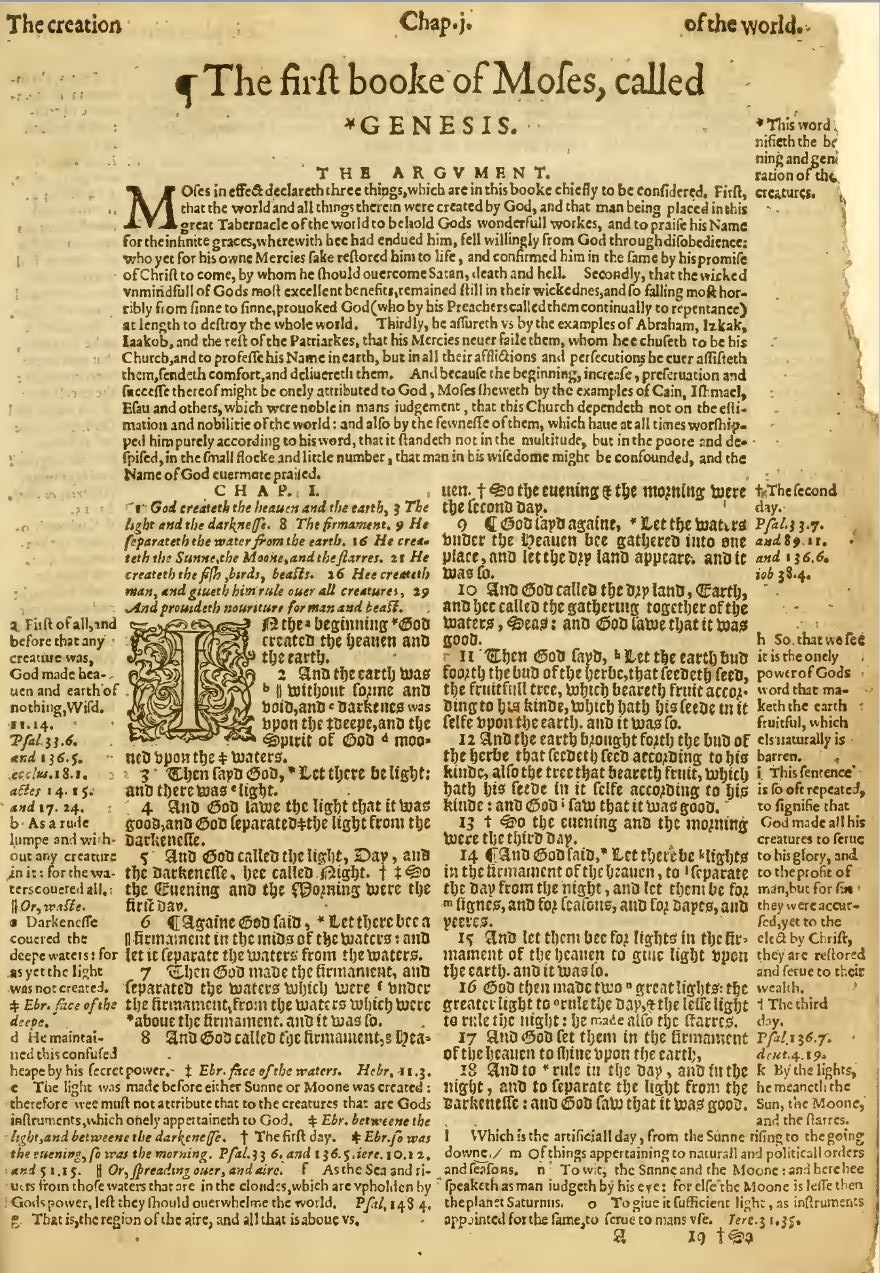
- The King James Version. Shortly after taking the throne, King James I was approached by the clergy with the request for a new translation to compete with the Geneva Bible. He appointed a committee which released its work in 1611. The Geneva remained popular for several decades, but the KJV eventually won out. By the time John Bunyan published Pilgrim's Progress in 1611, he was quoting the KJV despite being a radical reformer known as a Baptist. I know this because back before everything was online, I borrowed Dr. Ed Jacobs' copy of the Geneva Bible and checked the verses quoted in Pilgrim's Progress against the Geneva and the KJV.
Genesis 1:1 in different languages
MT (Masoretic Text)
BHS (Biblia Hebraica Stuttgartensia edition with Consonants & Vowels)
בְּרֵאשִׁית
בָּרָא אֱלֹהִים אֵת
הַשָּׁמַיִם וְאֵת הָאָרֶץ׃
earth the and heavens the God created
In beginning
Genesis 1:1 Greek OT: Septuagint (LXX) with Diacritics
ἐν ἀρχῇ ἐποίησεν ὁ θεὸς τὸν οὐρανὸν καὶ τὴν γῆν
In beginning, made God the heaven and the earth.
Latin: Biblia Sacra Vulgata
in principio creavit Deus caelum et terram
You can already read this!
King James Bible
In the beginning God created the heaven and the earth.
Home Page
